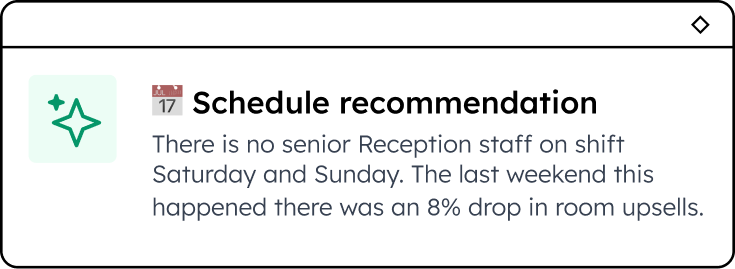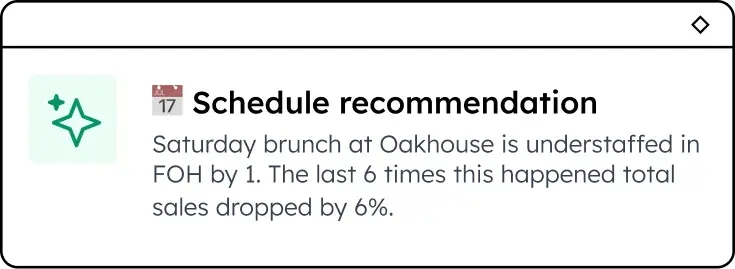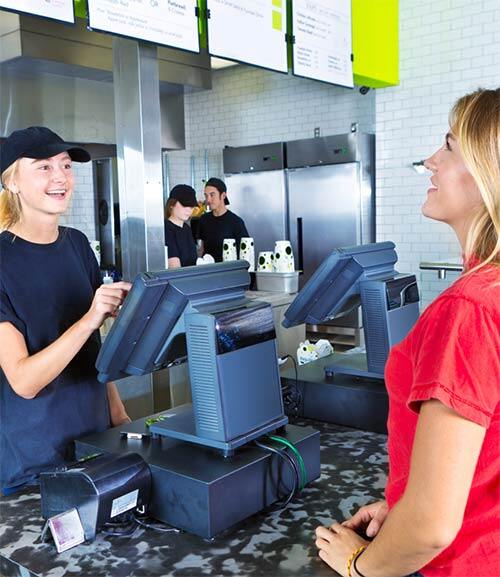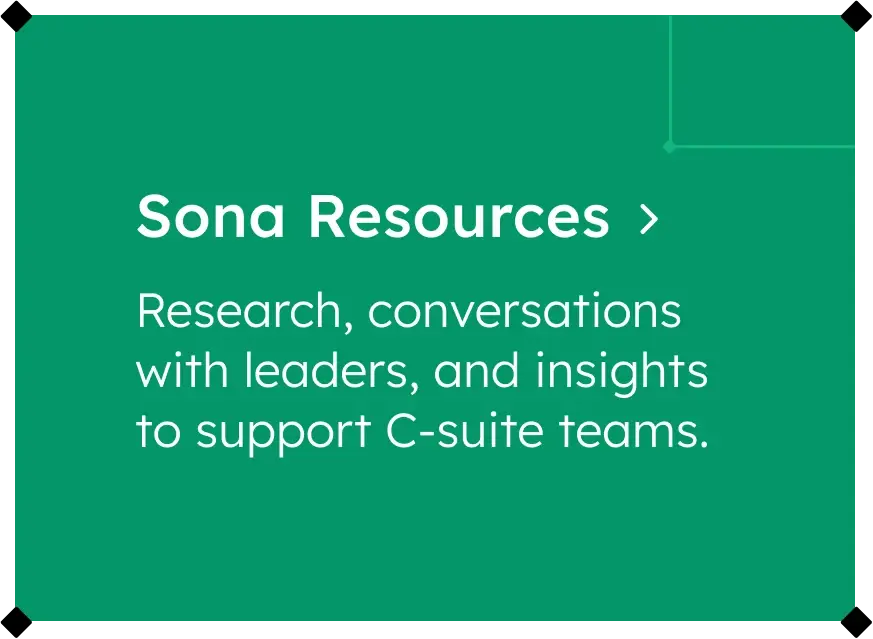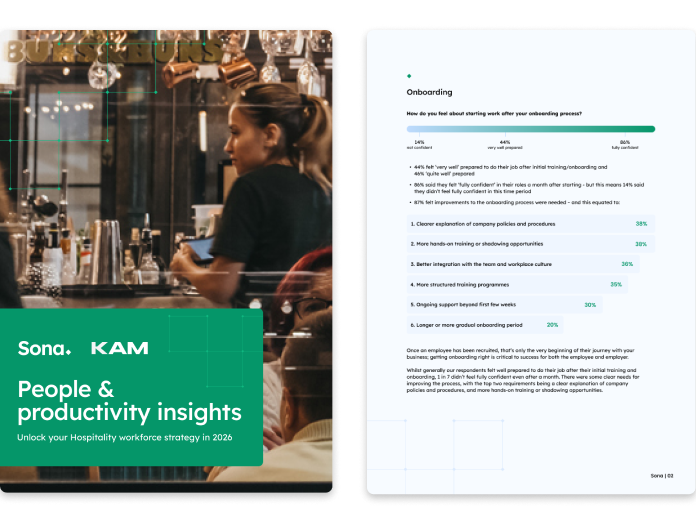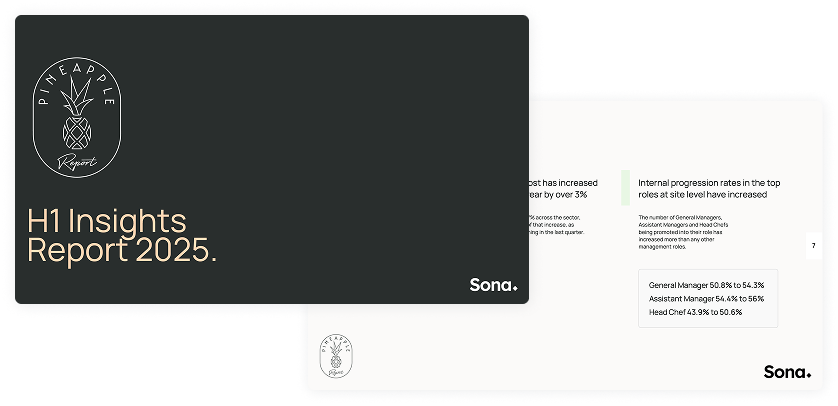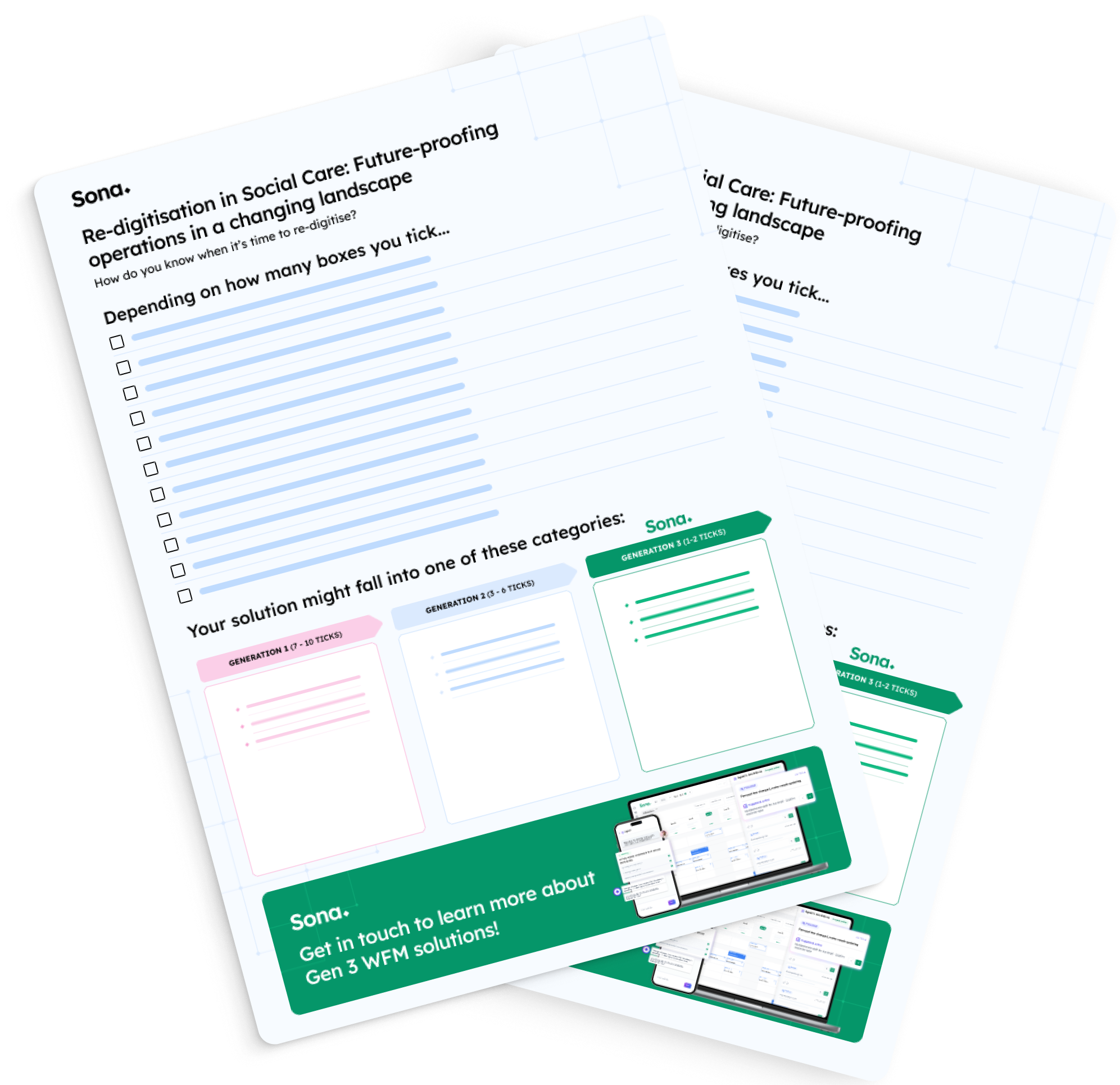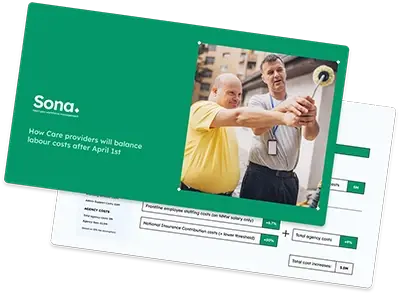5 HR challenges for the logistics sector in 2021
Here are five challenges that will be occupying the minds of HR and recruitment teams in the new post-Brexit, post-lockdown world.
5 minute read
‘Turbulent’ is arguably an understated way to describe the last 15+ months in the logistics sector. France’s decision to temporarily close its borders to the UK in late December, disrupting deliveries of many key supplies, highlighted the perfect storm created by the combined transformational effects of the pandemic and Brexit.
Logistics was already integral to our modern way of life - the pandemic has made us more aware of its importance. The forced closure of non-essential retail stores and all on-site hospitality for a total of six months over three lockdowns led to the biggest jump in e-commerce sales for a decade. According to the UK Office for National Statistics, online sales grew 46% in 2020, while Hermes said they hadn’t expected to handle their 2020 volume of parcels (630m) until 2025.
However, the impacts of COVID and Brexit haven’t been confined to demand and operations. The logistics industry employed 2.58 million people last year. As a top ten UK employer, that leaves no shortage of HR and recruitment puzzles to solve.
Industry body Logistics UK’s latest Skills and Employment Report identifies a number of structural labour issues that need to be addressed to ensure the long term health of the industry. Here are five challenges that will be occupying the minds of HR and recruitment teams in the new post-Brexit, post-lockdown world.
ONE - Retaining European workers
The number of EU nationals in the logistics workforce fell over 23% from 2019 to 2020. An increase in UK workers helped to cover the shortfall, but has left some skills gaps (see the next point).
Even after this dramatic drop in numbers, 10% of UK logistics workers are EU nationals - 270,000 roles. Employers are being encouraged to support existing team members from the European Economic Area in applying for settled or pre-settled status before the 30th June deadline.
The new points-based immigration system which came in on 1st January, visa and healthcare surcharges all make recruiting from within the EU more difficult, too.
TWO - Recruiting the right skills
Hiring in logistics rebounded much faster following the start of the pandemic compared to the industry average. But while the number of people seeking employment has risen, not all are suitable for certain in-demand positions.
The British Chambers of Commerce’s recruitment outlook for Q2 2020 found that 59% of hiring firms in the transport and distribution sector reported difficulties with finding the people they needed. This typically leads to more vacancies being filled by agency staff, increasing overheads.
Two categories of skilled manual workers are particularly problematic. Over 15% of firms expect ‘severe problems’ with filling vacancies for a) fitters/mechanics/ technicians; and b) HGV drivers.
In theory the sector should be well placed to take advantage of the post-COVID restructuring of the economy. Creative thinking is needed here to:
-
make better use of the available government support for training and upskilling people - only 15% of apprenticeship levy paying employer accounts fully utilised the funds available to them for the 2019/20 financial year
-
drive more applications from under-explored talent pools and people from diverse backgrounds
-
introduce more female-friendly working practices to encourage more women to consider a career in logistics
THREE - Addressing diversity and inclusion
The numbers are stark. Logistics is almost 90% white and over 86% male. The proportion of women employed in the sector actually fell slightly last year.
As well as helping to meet the recruitment challenges set out above, inclusive cultures are good for the bottom line. In their excellent blog about gender diversity in logistics, recruitment experts Michael Page point to a PwC report that found logistics businesses with more women on the board outperform their competitors. They saw a 16% higher return on sales and a 26% higher return on invested capital.
There is more than a perception challenge to address here. HR teams should be looking at ways to make roles more attractive to people with different personal circumstances. Can you create more opportunities for flexible working and job shares, or for staff to combine work with training/study?
FOUR - Making mental health central to staff wellbeing
The pandemic has been bad for our mental health overall, but particularly for people already experiencing mental health problems, with two thirds saying that their mental health has worsened. In many roles, taking steps to prevent COVID transmission is an integral part of the work day and an additional source of anxiety.
Regardless of whether it’s pandemic related or not, mental health strategy has become a crucial part of any employee wellbeing strategy. In the UK, 17.9 million working days were lost due to work-related stress, depression or anxiety during the 2019/20 tax year - accounting for more than half of all work absences.
Happy, healthy employees are more productive and are likely to stay with you longer. Checking in on your teams is not always straightforward in distributed workforces, so your mental health plan must take this into account so that colleagues can receive timely support.
FIVE - Driving HR transformation through technology
Technology is unlocking huge gains across every operational area. Well, almost. In our experience, although they are using technology at work every day, none of it is dedicated to making their work lives easier.
Non-desk based employees are less likely to be able to access the enterprise software that has been transforming the way office-based teams work for over three decades. The difference today is that the majority now bring their own pocket-sized supercomputer with them.
Here at Catapult we’re giddy with excitement about the scale of the opportunity for digital tools that can simplify complex, time consuming people and ops processes for frontline staff, their managers and the HR and operations teams that support them.
Whether it’s making picking up additional shifts or booking holiday days easier than ordering a pizza, or giving managers the ability to access valuable post-shift feedback, we’re forging a new path for workplace technology. Welcome to the age of employee empowerment.
Piqued your interest?
Our specialists would love to discuss your requirements and show you around the employee app for the logistics workforce of the future. Click here to schedule a consultation.
Enjoyed this article? Let's stay in touch 👋
If you liked this article, why not subscribe to our newsletter to get the latest news and views delivered straight to your inbox?

